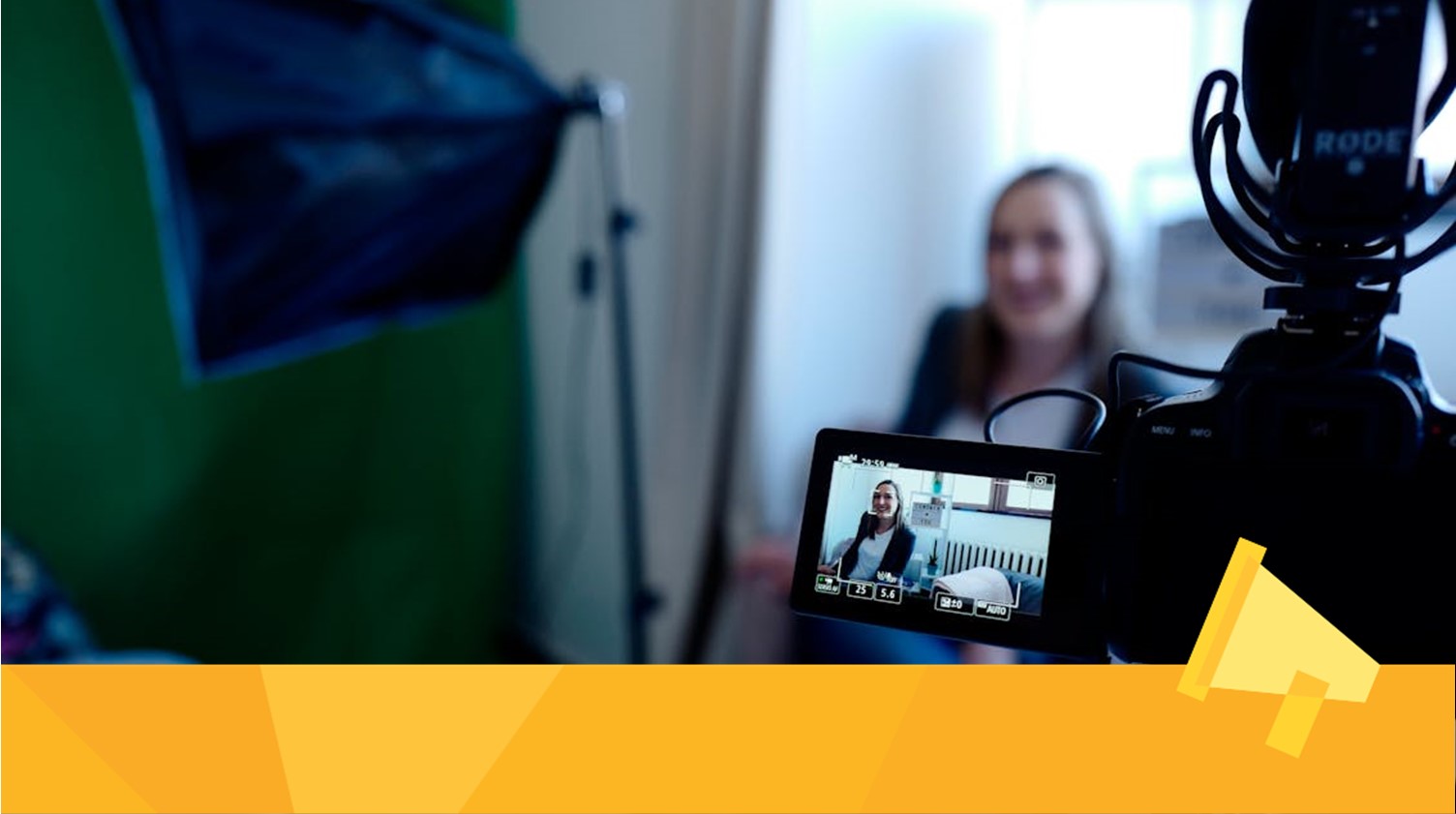It can be easy to miss important details when you’re hyper focused on a project—this is why you might want to consider research interviews.
It’s normal. People are busy an sometimes details just get missed. Or you might be so incredibly excited about an idea, that you miss out on other potential options. This is why it is important to be aware of as many different ways to gain perspective as you can.
An efficient way to achieve this is through the use of user research interviews. Remember, your users are the ones who actually use your product, and will always have a different point of view than that of your team.
What is a user research interview?
In the broadest of senses, a user research interview is an opportunity to hear what your users have to say about whatever you need information about. Your research interview questions can be tailored to meet specific needs, or to just gain a broad understanding of what your customers think.
Sometimes called a questionnaire, this interview can be conducted in any number of different ways. It can be done face to face. It can also be done in the form of an email questionnaire. Or it can even be done using apps or website forms.
Customers have lots of options when it comes to leaving feedback for you. They can post reviews online, make YouTube videos, and any number of other choices. But these might not always get you answers that you are specifically looking for.
A user questionnaire can help you with that research.
What kind of questions should I ask
First of all, prioritize your targets. Decide which things you need to get information about first.
You probably will want to focus on the most critical things. For example, if you are trying to understand your clients’ perspectives on your pricing, you will want to focus on questions that address that. Importantly, however, you will want to take advantage of the fact that if a client offers to fill in a questionnaire, you are not limited to only questions about financial matters. You can ask about speed of service, you can ask about general satisfaction, and so on.
Coupling questions using “if so” can also be beneficial.
“Are you satisfied with the speed of service, and if so, do you feel that the price is fair” can be one approach to pair two separate questions together. In this way, questions about pricing and customer satisfaction can be addressed without needing to make your questionnaire very long.
Remember, a potential respondent is less likely to agree to a 25-question survey than a 5-question one.
What benefits are there
There are two primary benefits of a user research interview: understanding yourself and understanding your customers.
It is, perhaps, more accurate to say that you will understand yourself through your customers. They will give you feedback based on their own experiences and uses of your product, and this might not match with what you assumed the experience would be like. For example, imagine that part of your product is a user interface that has gone through several iterations internally. You’ve planned it, your team designed it, you tested it.
And your clients hate it.
In the short term, this might not be a severe issue, but in the longer term, this might lead to your clients seeking alternative products. Listening to what your customers have to say about your product can allow you to address issues before they become problems.
Improving your product
No product is perfect, but understanding what your customers think about your product is critical. History is full of companies and products that have failed because they didn’t pay attention to what their customers were saying.
Understanding yourself (through your customers) is one of the single most important benefits that you can gain from a user research interview. Knowing how your clients see your product is important because they’ll be able to more effectively articulate the pain points that they’re experiencing.
Improving communication with customers
Related to the point above (but separate from it), your customers can teach you a lot about your products—and also about what it is like to deal with your company.
There are many negative reviews on the internet that will say something along the lines of “the product was good, but dealing with the company was a nightmare”. This sort of negative interaction can have a ripple effect on your reputation. Learning what your clients think about interacting with you can help you to improve the user experience.
User research interviews template
How you go about making a research interview can be challenging. As noted above, you want to start with the primary factors that you need information about. This might be your product’s utility, customer service, or any number of other things. But sometimes, one of the easiest places to start is with a template.
Getting a template for a research interview can be easily done, but you will need to tailor that template to your own needs.
But it’s important to remember that all situations will be different. Selecting the right questions can help to put your journal on a path to success.
